Methods
Methods
Methods
Design-based methods and strategies are the key to innovation. They can be used for research and innovation processes as well as for cultural change in companies. I see myself as a creative problem solver and the challenges of today's world as opportunities. Leadership by design can help to shape innovations such as new ways of collaboration/communication, new technologies or new consumption patterns.
My goal is to create experiences that people want to consume. The act of design is about solving problems. Iteration and continuous improvement based on qualitative and quantitative data inform my decisions throughout the design process. "One and done" is simply not an effective approach to delivering experiences. I strongly believe that solutions are truly good and relevant when they make it into people's everyday lives.
I'm passionate about research because it puts people at the center of the process, and that's what design is all about! In the user-centered design process, insights play an important role in ensuring that we are not designing for ourselves. Everything that follows in the process must relate to and address the insights. Persona-driven design allows for a thumbnail portrait of the user. But true empathy comes from an ongoing understanding of their needs, behaviors, and goals. Without data, designers are stuck making educated guesses and flying blind through the visual design process.
The methods I use in my design process help ensure that the right problem is defined. The process itself describes the journey a product team takes together. And beyond the boundaries of language, design methodologies facilitate dialogue and synergy between all stakeholders across disciplines. Delivering complex products and solutions requires collaboration and sometimes compromise. However we get to the finish line, it's important that we're always proud of what goes out the door—even if it's "just" a simple demo or skinning project. Otherwise, design becomes an academic exercise at best.
